Receive our newsletter
Your e-mail address is only used to send you our newsletter and information about the activities of Strasbourg Europe. You can always use the unsubscribe link included in the newsletter.
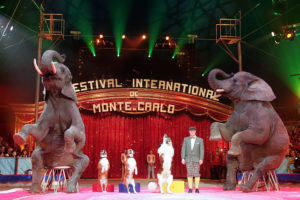 Monte-Carlo is the most famous district in Monaco. By losing Menton and Roquebrune, the Principality lost three quarters of its territory and its resources. To make up for this loss, Prince Charles III took advantage of the ban on gambling establishments in the neighboring France and Italy, and created the Société des Bains de Monaco – which later became the Société des Bains de Mer (SBM) and the Cercle des Etrangers. Moreover, he allowed the opening of a casino on the set of Spélugues. Unfortunatley, all of the dealers kept going bankrupt.
Monte-Carlo is the most famous district in Monaco. By losing Menton and Roquebrune, the Principality lost three quarters of its territory and its resources. To make up for this loss, Prince Charles III took advantage of the ban on gambling establishments in the neighboring France and Italy, and created the Société des Bains de Monaco – which later became the Société des Bains de Mer (SBM) and the Cercle des Etrangers. Moreover, he allowed the opening of a casino on the set of Spélugues. Unfortunatley, all of the dealers kept going bankrupt.
Businessman Louis Blanc changed the future of the region, which was still a modest piece of land where olive and lemon trees grew nearby the SBM. He bought the SBM in 1863. His fortune and his talent did the rest: he succeeded where others had failed and made the territory a destination for luxury and refinement. Hotels, villas, gardens were quickly built, and the success was dazzling. The region was renamed “Monte Carlo” (Mount Charles), after the name of the reigning prince, by a Sovereign Order on June 1st, 1866.
Yet Blanc’s ambitions for the land did not stop there : Blanc wanted Monte-Carlo to become an artistic destination. He called for the construction of a new casino by the famous French architect Charles Garnier, as well as an opera house. Since then, Monte-Carlo has become legendary.
Although Monte Carlo, also known as the Golden Square, allows Monaco to enjoy an international reputation, it would be wrong to assume that the Principality lives only on the profits of the SMB, which generates only about 4% of the State’s GDP.
Picture : international circus festival of Monte-Carlo
© 2008 Monte-Carlo Multimédia Monaco
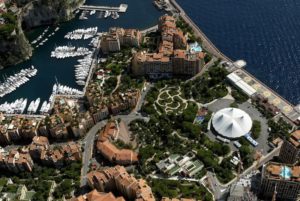
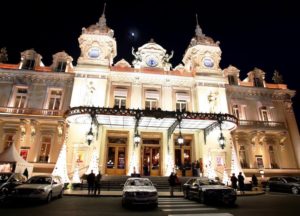
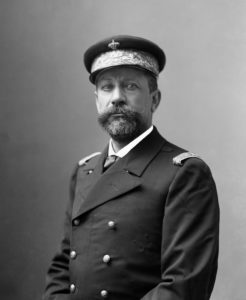 Prince Albert I
Prince Albert I
After participating in the war between France and Germany in 1870, for which he obtained the Légion d’honneur, Prince Albert I, took charge of Monaco between 1889 and 1922. He was truly an activist for peace. At the beginning of 20th century, he founded the International Institute of Peace to help arbitrate conflicts. This institution was the forerunner of the international organizations which would be created after WW1.
© Monaco press service
A rare language
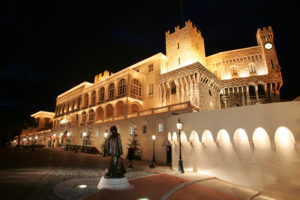
Source of text: © Monaco press service
Your e-mail address is only used to send you our newsletter and information about the activities of Strasbourg Europe. You can always use the unsubscribe link included in the newsletter.
Information Center
on the European Institutions (CIIE)
Europe Direct Information Center
All rights reserved to the CIIE
Non-profit organization
Mailing address
1 allée Kastner
67000 Strasbourg
France
Visitors entrance
8 rue Boecklin
67000 Strasbourg
France
To provide the best experiences, we use technologies such as cookies to store and/or access device information. Consenting to these technologies will allow us to process data such as browsing behavior or unique IDs on this site. Failure to consent or withdrawing consent may adversely affect certain features and functions.
Europe Direct network
The CIIE team
Contact information and opening hours
Lieu d’Europe
The CIIE offices
Contact us
CIIE’s Documentation Centre & Publications
School presentations & Activities
Borrowing of learning material
Activities for the general public
Institutions of the European Union in Strasbourg
Institutions Under the Authority of the Council of Europe
Other European Organisations in Strasbourg
Sessions of the European institutions in Strasbourg
Visiting the institutions
Map of the European district of Strasbourg
Institutions in Strasbourg in photos
Discover artistic Europe
National holidays of the member states of the Council of Europe